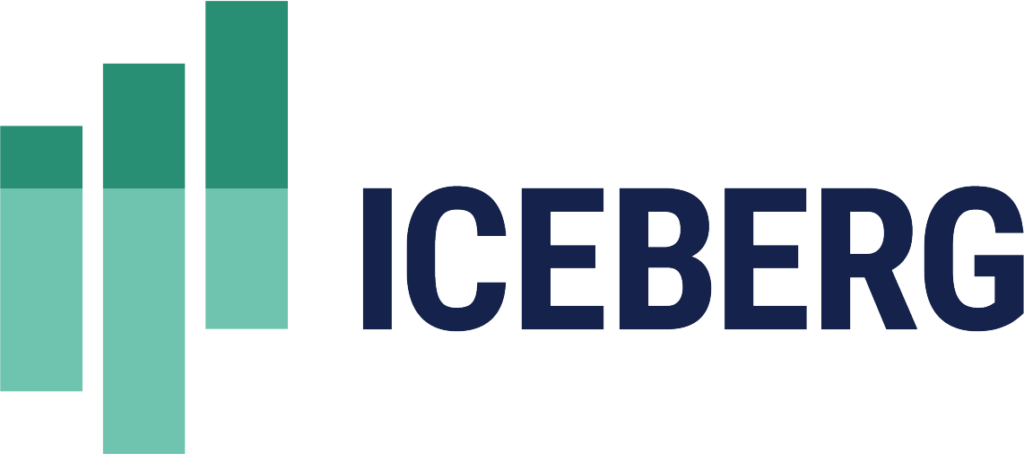“Which is better, Salesloft or Outreach?”
It’s a question we hear all the time at Iceberg—and frankly, it drives us a bit crazy. It’s like being asked if a pickup truck is better than a sports car. You can make a solid case for either option. But you can’t tell someone which option is better for them without first asking another question: What are you going to do with it?
If you need to move a couch, a sports car clearly isn’t the best solution. If you’re looking to save money on gasoline, don’t buy a truck. You need to choose the best tools for your own objectives.
What would you like to achieve by adding Outreach or Salesloft to your tech stack? Which features are must-haves, and which are just nice-to-haves? Once you’re clear on what you need, there are several factors you can consider when evaluating Salesloft vs. Outreach. Let’s begin with a brief overview of the tools.
What are Salesloft and Outreach?
Outreach and Salesloft are sales engagement platforms (SEPs). The purpose of a SEP is to help revenue teams streamline lead generation and nurturing activities. These tools enable you to track interactions with prospective customers and optimize your outreach workflows. With a tool like Salesloft or Outreach, you can do things like:
- Organize phone, email, and social media communications.
- Set up custom outreach automations.
- Track the effectiveness of marketing campaigns.
- Create and send personalized emails.
- Analyze data to drive better insights and actions.
Salesloft and Outreach are currently two of the leading players in the sales engagement market. Salesloft was founded in 2011, and Outreach in 2014. Both companies have experienced strong growth in subsequent years. This is no surprise, considering how challenging it can be to get a sales outreach cadence right.
How is a SEP different from a CRM?
A SEP has complementary functionality to a customer relationship management (CRM) platform. CRMs focus on enabling you to manage your prospect and client relationships throughout the sales cycle. SEPs, on the other hand, focus on enabling you to organize your daily sales activities, like emailing and calling leads.
Many companies have found using the combination of a CRM platform like Salesforce with a sales engagement tool like Salesloft or Outreach to be highly effective. The tools integrate well, and when configured properly, they can save your team a great deal of time and effort.
What’s the difference between Salesloft and Outreach?
First off, don’t sweat making the choice between Salesloft and Outreach too much. These tools are fairly similar overall. In truth, most companies will be just fine with either. Which one you choose will likely prove far less important than your ability to use it effectively. That said, the tools do have some differing features that could help you identify which one will be best for you.
Advantages of Outreach
Outreach has a few clear advantages compared to Salesloft. Outreach is likely your best option if the following things are most important to you:
All-in-one functionality
Outreach does a good job of consolidating many different features into a single tool. For example, they offer a scheduling feature that can be used as an alternative to a tool like Calendly or Chili Piper. The platform also includes advanced features like AI-powered team analytics and sentiment analysis.
Highest level of control
With Outreach, you’ll have the ability to put your reps on proverbial rails. If you need to limit your reps’ creativity, or tightly choreograph how they interact with your clients and prospects, Outreach is your best option.
For example, Outreach offers flexible and powerful features like user permissions that enable you to categorize each user into a group with a set of predefined permissions. This gives you the power to impose restrictions like not allowing any of your Sales Development team members to create their own outbound content or edit existing email sequences.
Outreach also allows you to use HTML and CSS to customize email templates, and gives you the ability to categorize tasks by level of importance.
Complex automation
Outreach enables you to build complex automations based on events in either Outreach or Salesforce. For example, when a new lead is received, you can automatically send the prospect a series of timed emails. And if the prospect opens an email twice without responding, you can have a task to call them created automatically.
Sophisticated analytics
Outreach provides reporting on estimated email response sentiment (i.e. receiving a reply is good, but is the response positive or negative?). The platform also offers link tracking, and indicates when an email has been shared by its recipient.
Advantages of Salesloft
Salesloft also has some clear advantages over Outreach. Salesloft is probably your best option if the following things are most important to you:
Salesforce reporting integration
Salesloft has a major advantage over Outreach if you use Salesforce for reporting. With Salesloft, you can push data into Salesforce via a prebuilt Salesforce app that makes robust reporting easy. Outreach, on the other hand, chose to build their reporting in-app instead of creating a package within Salesforce. This means you can easily leverage reports with Salesloft that are difficult and time-consuming to build with Outreach.
Ease of use
While Outreach provides more sophisticated reporting and automation, Salesloft is easier to implement and manage. Salesloft’s user interface (UI) is more user-friendly.
Salesloft vs. Outreach: Is there a winner?
There’s no overall objective “winner” when it comes to Salesloft vs. Outreach. But, depending on your specific situation and needs, there might be a clear winner for you.
If you rely heavily on Salesforce for your reporting or value ease of use, you’ll likely find Salesloft a better fit. On the other hand, if you’re looking for an extensive feature set, a high level of control, or the ability to create complex automations, Outreach is probably the better solution.
Whichever SEP you choose, you’ll need to correctly configure it and integrate it with the rest of your tech stack to achieve optimal results.
If you need help selecting and implementing a SEP to support your sales outreach efforts, Iceberg can help. Our expert team can partner with you to implement all of the tools you need to empower your revenue teams to maximize their performance. Contact us today to learn more.


